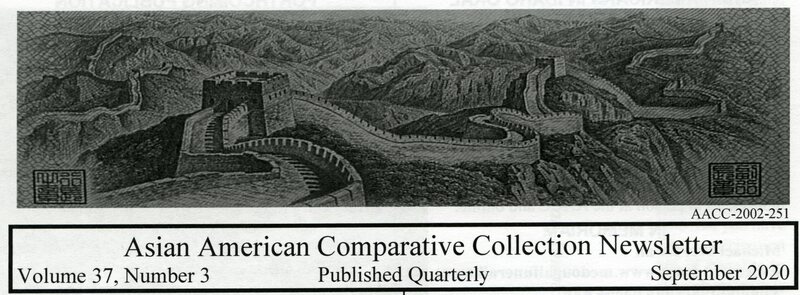This week’s edition of Diverse Collections features the Asian American Comparative Collection newsletter, which is a quarterly newsletter about the Asian American Comparative Collection at the University of Idaho Laboratory of Anthropology.
The AACC recognizes that there has been a steady incraese in studies of people of Asian ancestry, primarily Chinese and Japanese, who immigrated to the western United States during the nineteenth and twentieth centuries. In Idaho, this movement of people first took place during the Territorial and early Statehood periods, and later through WWII when Japanese Americans were held at the Kooskia Internment Camp and Minidoka Incarceration/Concentration Camp in Idaho. Archaeological excavations, conducted on a variety of sites in Idaho and elsewhere, have recovered everyday objects that were made in China and Japan. The need to understand these artifacts, their uses, and the people who owned them led to the establishment of the AACC in 1982. This collection is one of the first celebrations of ethnic and cultural diversity at the University of Idaho.
The AACC’s main objective is to obtain an actual example, or where that is not possible, a photograph, of every representative object of Asian manufacture that has been, or is likely to be, found in an archaeological or museum context in the western United States and elsewhere. Excavators who uncover fragments of Asian objects can compare them with whole examples in the AACC to identify what they have found. The major artifact classes now represented include food and beverage containers, table ceramics, opium smoking objects, medicinal objects, gambling-related items, and other personal and domestic objects.
Special Collections & Archives does not house any of the Asian American Comparative Collection, but we do hold the AACC quarterly newsletter from 1993 to the present day.


